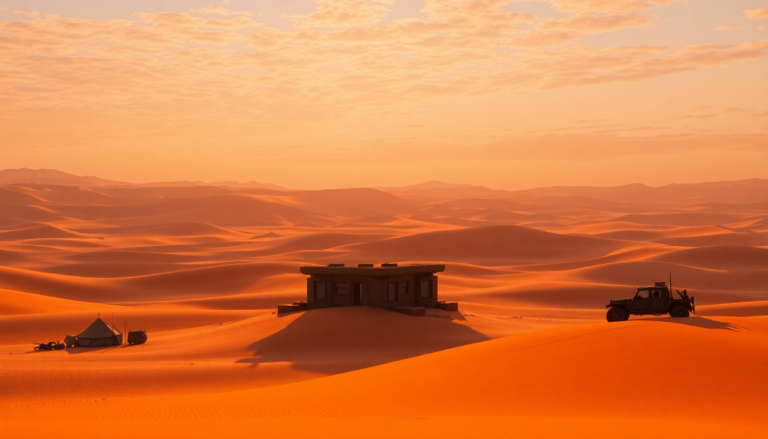Argomenti trattati
Stepping into the world of Dune: Awakening is like being thrust into a desert filled with both excitement and uncertainty. This MMO survival base-building game, set on the iconic Arrakis, offers a fresh take on the Dune universe. With the buzz around Nvidia’s DLSS 4 technology and its promised performance enhancements, I decided to put the RTX 5090 gaming laptop to the test. Here’s what I discovered.
Getting started with Dune: Awakening
As I booted up Dune: Awakening, I found myself engrossed in the character creation process. The tutorial whisked me away into the game’s mechanics, where the basics of crafting and combat awaited. I quickly learned about gathering resources, creating tools, and even engaging in knife fights. The combat system was surprisingly engaging, with mechanics like dodging and parrying adding depth to the experience. However, the learning curve for controller players was steep, as the game felt optimized for keyboard and mouse interactions. If you’re accustomed to a controller, be prepared for some frustration navigating menus and selecting items during heated battles.
Graphics and performance on the RTX 5090
Let’s talk about the visuals. With the settings cranked up to Ultra and running at a resolution of 2560 x 1600, the graphics were stunning. Nvidia touted Dune: Awakening as one of the standout titles for its DLSS 4 technology, which is designed to enhance frame rates and visual fidelity through AI-driven upscaling. My initial experience without DLSS was a solid 60 frames per second while traversing a bandit camp. It was a promising start, indicating solid performance even without the latest tech wizardry.
DLSS 4: A game changer or just hype?
Curiosity got the better of me, so I decided to enable DLSS 4, starting with DLAA for visual enhancement. The RTX 5090 managed a commendable 63 fps, which felt smooth while mining for resources. However, the real intrigue lay in the frame generation features. Activating 2x Frame Generation boosted my fps to 88 while engaging with bandits, but it was the leap to 144 fps with 4x Multi-Frame Generation that truly caught my attention. It was exhilarating—until I began to notice some graphical artifacts. The AI-generated frames, while impressive in theory, introduced occasional distortions in the environment.
Performance breakdown
The RTX 5090’s performance was commendable, but it wasn’t without its quirks. Here’s a quick breakdown of the frames per second I managed under various settings:
- TAA: 60 fps
- DLSS: DLAA: 63 fps
- DLSS: DLAA, FG (2x): 88 fps
- DLSS: DLAA, MFG (4x): 144 fps
- DLSS: Ultra Performance: 114 fps
- DLSS: Ultra Performance, FG (2x): 156 fps
- DLSS: Ultra Performance, MFG (4x): 257 fps
While those numbers sound impressive, the reality of experiencing frame generation in action revealed its limitations. As I moved the camera, the environment occasionally struggled to keep up, leading to some distracting visual glitches. It was evident that the technology, while promising, needed more refinement.
Final thoughts on Dune: Awakening
Overall, Dune: Awakening offers an engaging experience, particularly for fans of the Dune franchise. The RTX 5090 provides strong performance, allowing for enjoyable gameplay even when not utilizing the advanced features of DLSS 4. If you’re considering diving into this game, be prepared for a visually stunning yet occasionally chaotic experience. While the game has its challenges, especially for controller users, it remains a captivating entry in the MMO survival genre.

